Home>Gardening & Outdoor>Landscaping Ideas>What Is The Best Time To Put Grass Seed Down
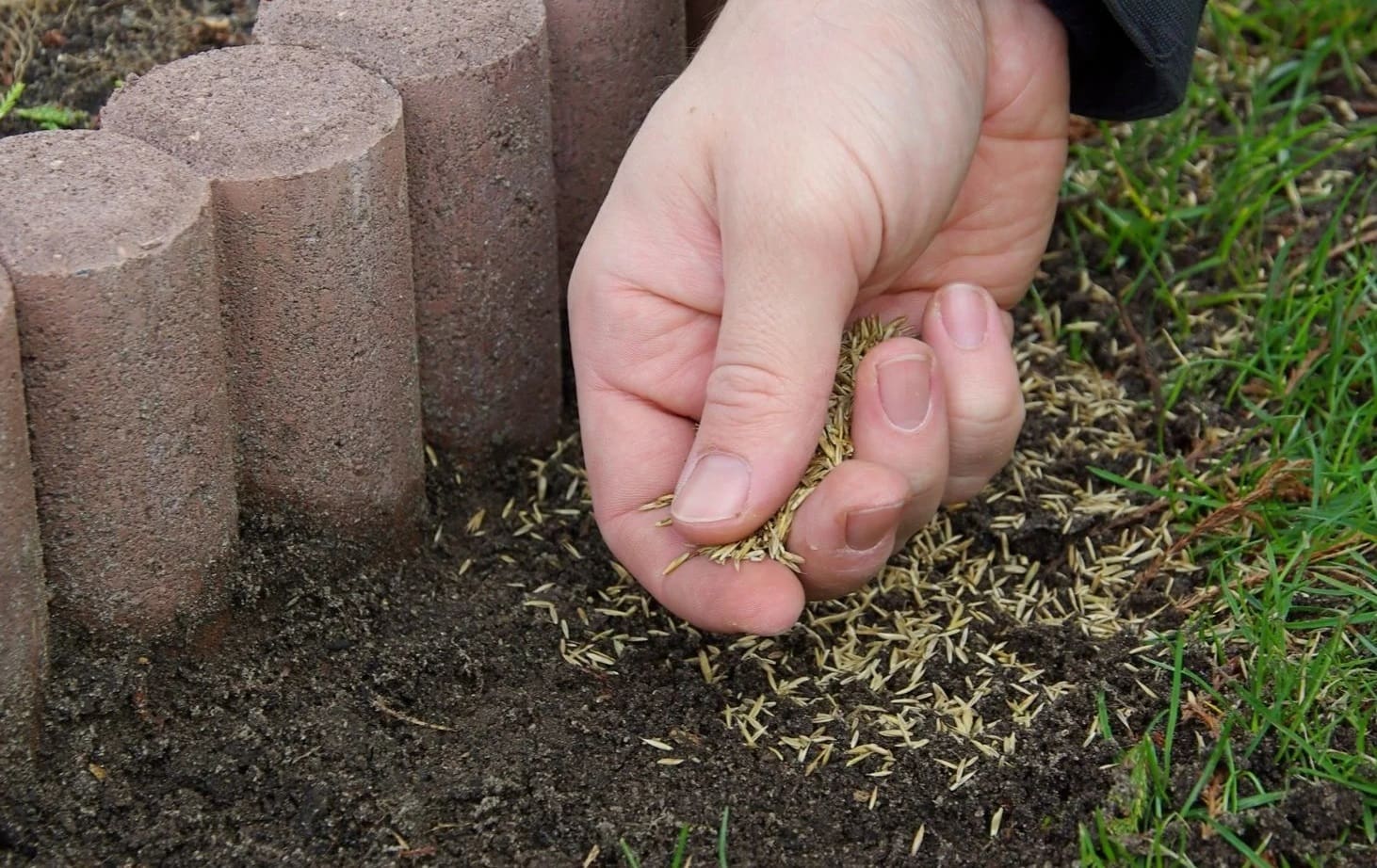

Landscaping Ideas
What Is The Best Time To Put Grass Seed Down
Modified: February 18, 2024
Discover the best time for seeding your lawn with our expert landscaping ideas. Find out when to put grass seed down for optimal results.
(Many of the links in this article redirect to a specific reviewed product. Your purchase of these products through affiliate links helps to generate commission for Storables.com, at no extra cost. Learn more)
**
Introduction
**
When it comes to achieving a lush, verdant lawn, timing is everything. Whether you're establishing a new lawn or rejuvenating an existing one, the timing of planting grass seed significantly impacts the success of your endeavor. Understanding the optimal time to sow grass seed is crucial for ensuring that it takes root and flourishes. In this article, we'll explore the factors to consider and the best time to plant grass seed, empowering you to make informed decisions and achieve a vibrant, healthy lawn. Let's delve into the intricacies of timing and how it can influence the outcome of your lawn establishment or renovation project.
**
Key Takeaways:
- Timing is crucial for planting grass seed. Cool-season grasses thrive in early fall, while warm-season grasses do best in late spring to early summer. Consider soil temperature, moisture, and region for successful lawn establishment.
- Understanding the best time to plant grass seed is essential for a healthy lawn. Consider factors like climate, grass type, and maintenance to ensure successful germination and long-term vitality.
Factors to Consider
**
Before determining the best time to plant grass seed, it’s essential to consider several key factors that can influence the success of your lawn establishment or renovation project.
Soil Temperature:
The temperature of the soil plays a pivotal role in the germination and establishment of grass seed. Cool-season grasses, such as Kentucky bluegrass and fescue, thrive when planted in the early fall when soil temperatures are still warm, promoting robust root development before the onset of winter. In contrast, warm-season grasses, including Bermuda grass and zoysia grass, fare best when sown in late spring to early summer, coinciding with the peak of their growth cycle.
Moisture Levels:
Optimal soil moisture is critical for the successful germination of grass seed. Planting during periods of adequate rainfall or when irrigation can be consistently applied helps ensure that the seeds remain sufficiently moist to support germination and early growth.
Competition and Weed Control:
Minimizing competition from established weeds is essential for the successful establishment of newly planted grass seed. Timing the sowing of grass seed to coincide with periods when weed pressure is relatively low can improve the likelihood of successful germination and early growth. Additionally, implementing pre-emergent weed control measures before planting can help mitigate weed competition.
Climate and Region:
The climate and region in which you reside significantly influence the best time to plant grass seed. Understanding the specific climatic conditions and the recommended grass species for your region is crucial for making informed decisions about the most favorable planting time.
Maintenance and Usage:
Consider your lawn’s intended use and the maintenance practices you plan to implement. Planting grass seed at a time when you can provide consistent care, such as regular watering and mowing, is essential for nurturing the newly established lawn.
By carefully considering these factors, you can pinpoint the optimal time to plant grass seed, setting the stage for a thriving, resilient lawn.
**
The best time to put grass seed down is in the early fall or early spring when the soil is warm and there is enough moisture. This will give the seeds the best chance to germinate and establish a strong root system before the extreme temperatures of summer or winter.
Best Time to Plant Grass Seed
**
Timing is crucial when it comes to planting grass seed, as it directly impacts the success of your lawn establishment or renovation efforts. The best time to plant grass seed varies depending on the type of grass you’re cultivating and your geographical location.
Cool-Season Grasses:
If you’re growing cool-season grasses such as Kentucky bluegrass, fescue, or ryegrass, the optimal time to plant grass seed is during the early fall. This timing allows the seeds to germinate in warm soil while benefiting from the cooler air temperatures and abundant moisture, promoting robust root development before the arrival of winter. Planting cool-season grasses in early fall provides a favorable environment for establishment and growth, setting the stage for a lush, vibrant lawn in the following spring.
Warm-Season Grasses:
For warm-season grasses like Bermuda grass, zoysia grass, and St. Augustine grass, the best time to plant grass seed is in late spring to early summer. These grasses thrive in warm soil and air temperatures, making the late spring and early summer months ideal for germination and vigorous growth. By planting warm-season grasses during this period, you can capitalize on their peak growth season, allowing them to establish a robust root system and develop into a dense, resilient lawn.
Transitional Zone:
If you reside in the transitional zone, where both cool-season and warm-season grasses can thrive, timing is crucial. In this region, early fall remains the prime time for overseeding cool-season grasses into an existing warm-season lawn. This practice ensures that the cool-season grasses establish before the onset of winter, providing year-round green coverage.
Adverse Conditions:
Avoid planting grass seed during periods of extreme heat, drought, or cold, as these conditions can impede germination and early growth, compromising the success of your lawn establishment efforts. Additionally, planting grass seed too late in the fall may not allow sufficient time for the seeds to establish before the arrival of winter, potentially hindering their growth and survival.
By aligning your grass seed planting schedule with the optimal timing for your specific grass type and regional climate, you can maximize the likelihood of successful germination, establishment, and long-term vitality of your lawn.
**
Conclusion
**
Timing plays a pivotal role in the successful establishment of a healthy, vibrant lawn. By considering factors such as soil temperature, moisture levels, weed control, climate, and maintenance practices, you can pinpoint the best time to plant grass seed, setting the stage for a flourishing lawn. Whether you’re cultivating cool-season grasses in the early fall, sowing warm-season grasses in late spring to early summer, or managing a transitional zone with a strategic overseeding approach, aligning your planting schedule with the optimal timing for your grass type and regional climate is essential for achieving the desired results.
Understanding the unique characteristics of your chosen grass species and the specific requirements of your region empowers you to make informed decisions about the most favorable planting time. By planting grass seed at the right time, you provide the seeds with an optimal environment for germination, root development, and long-term resilience, ultimately contributing to the beauty and functionality of your lawn.
As you embark on your lawn establishment or renovation journey, remember that the best time to plant grass seed is a critical piece of the puzzle. By leveraging the insights shared in this article and tailoring them to your unique circumstances, you can set the stage for a lush, thriving lawn that enhances the beauty of your outdoor space and provides a welcoming environment for relaxation and recreation.
Frequently Asked Questions about What Is The Best Time To Put Grass Seed Down
Was this page helpful?
At Storables.com, we guarantee accurate and reliable information. Our content, validated by Expert Board Contributors, is crafted following stringent Editorial Policies. We're committed to providing you with well-researched, expert-backed insights for all your informational needs.
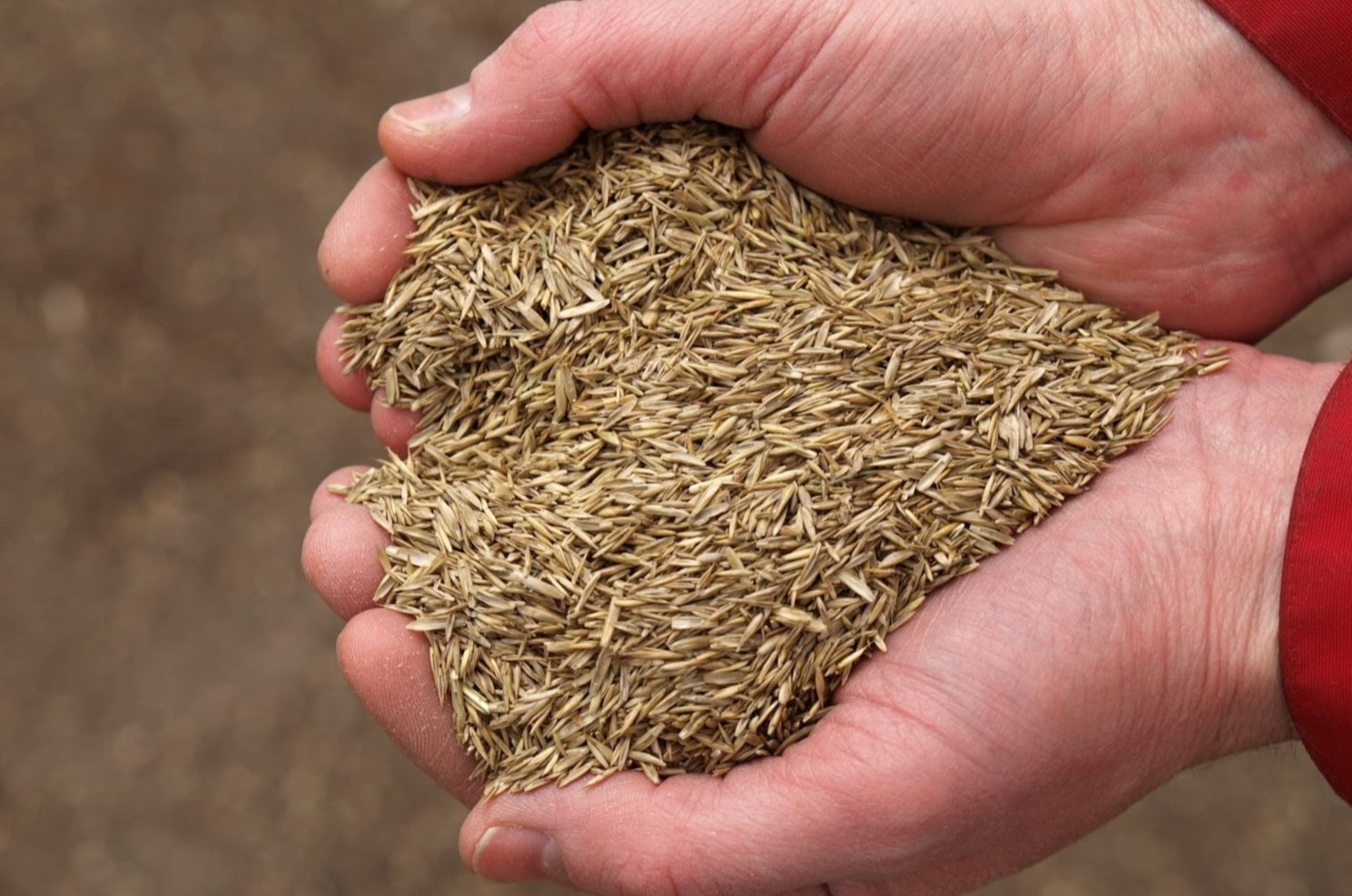
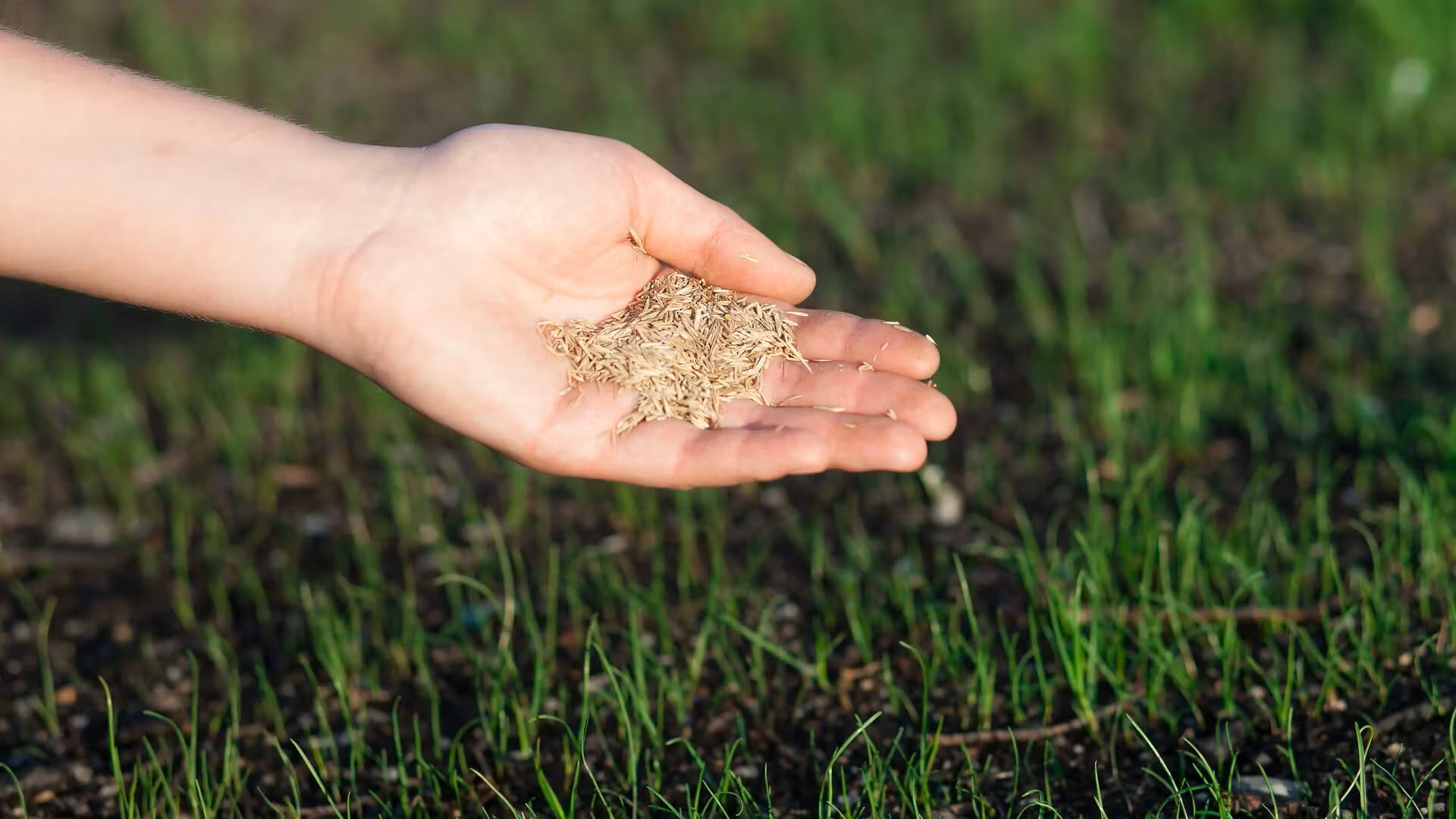
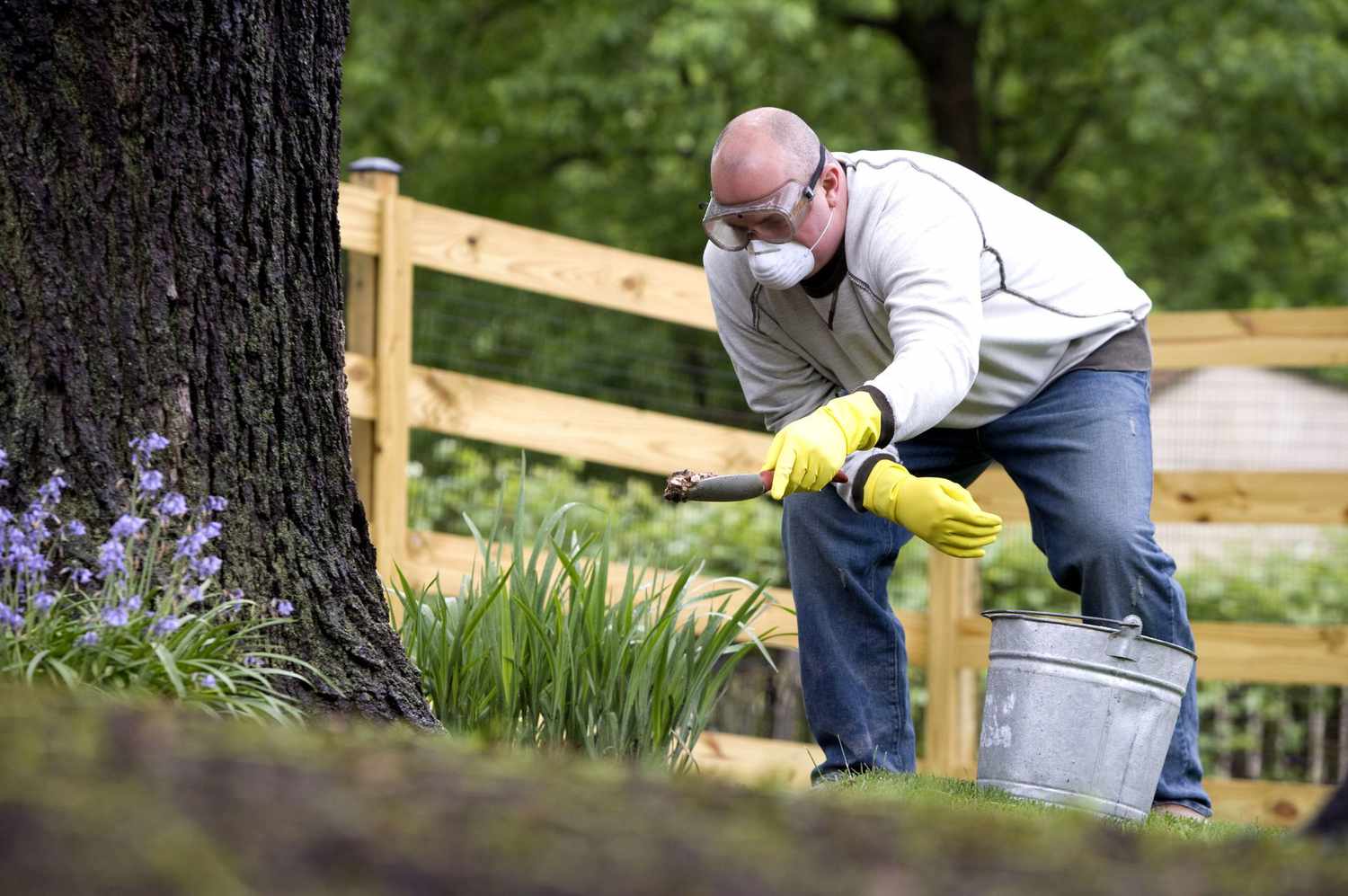
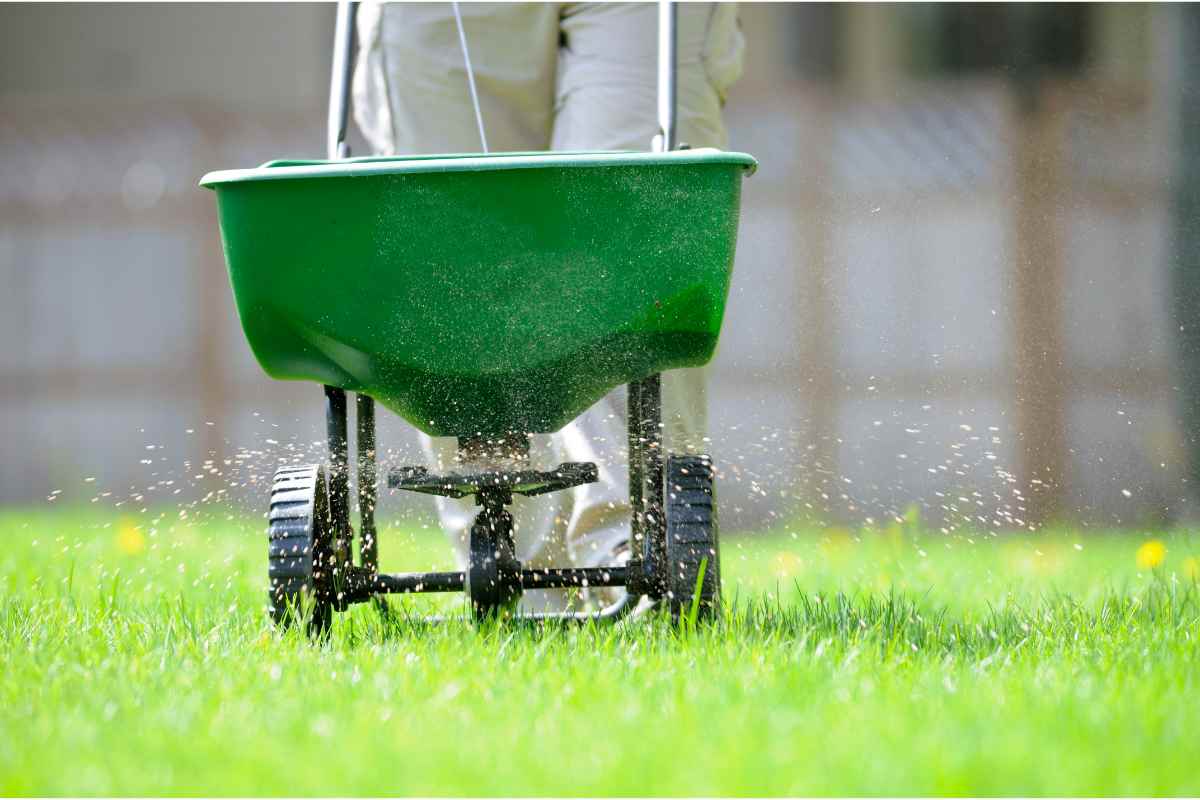
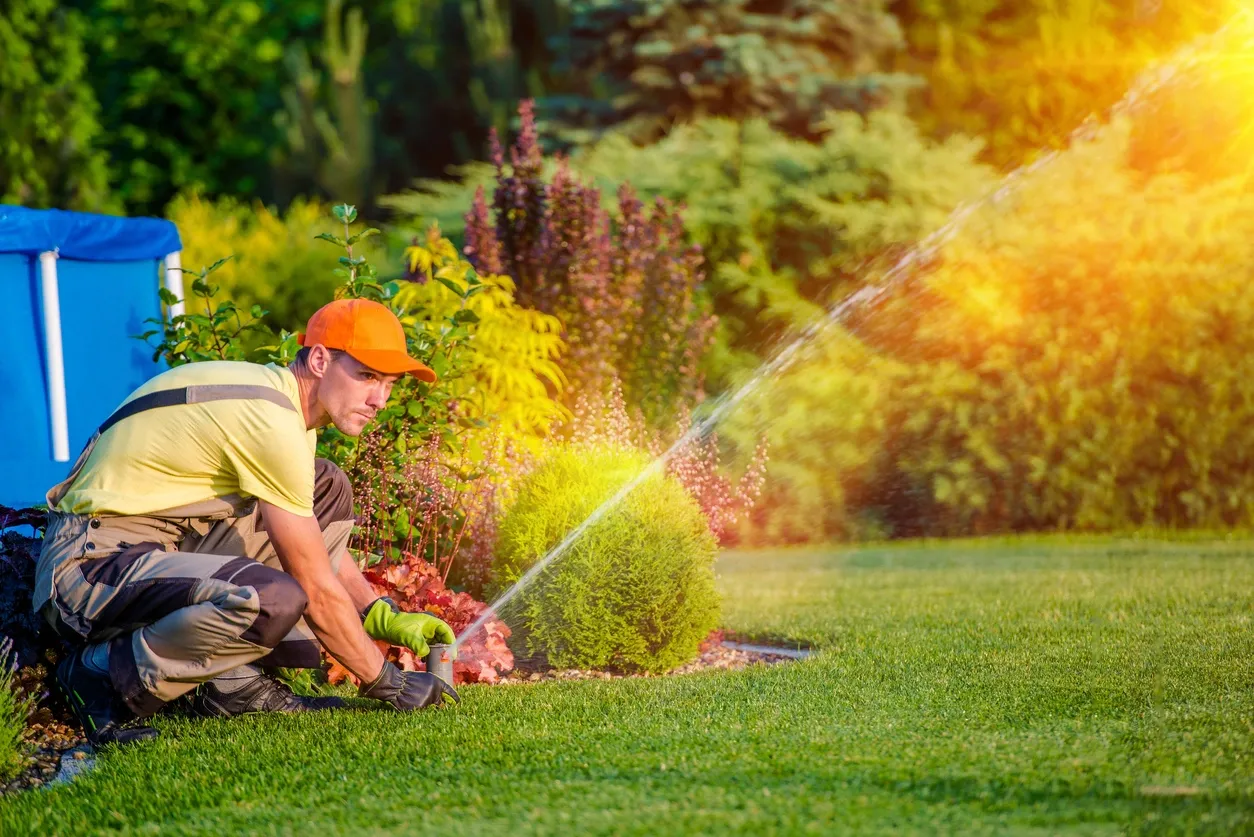

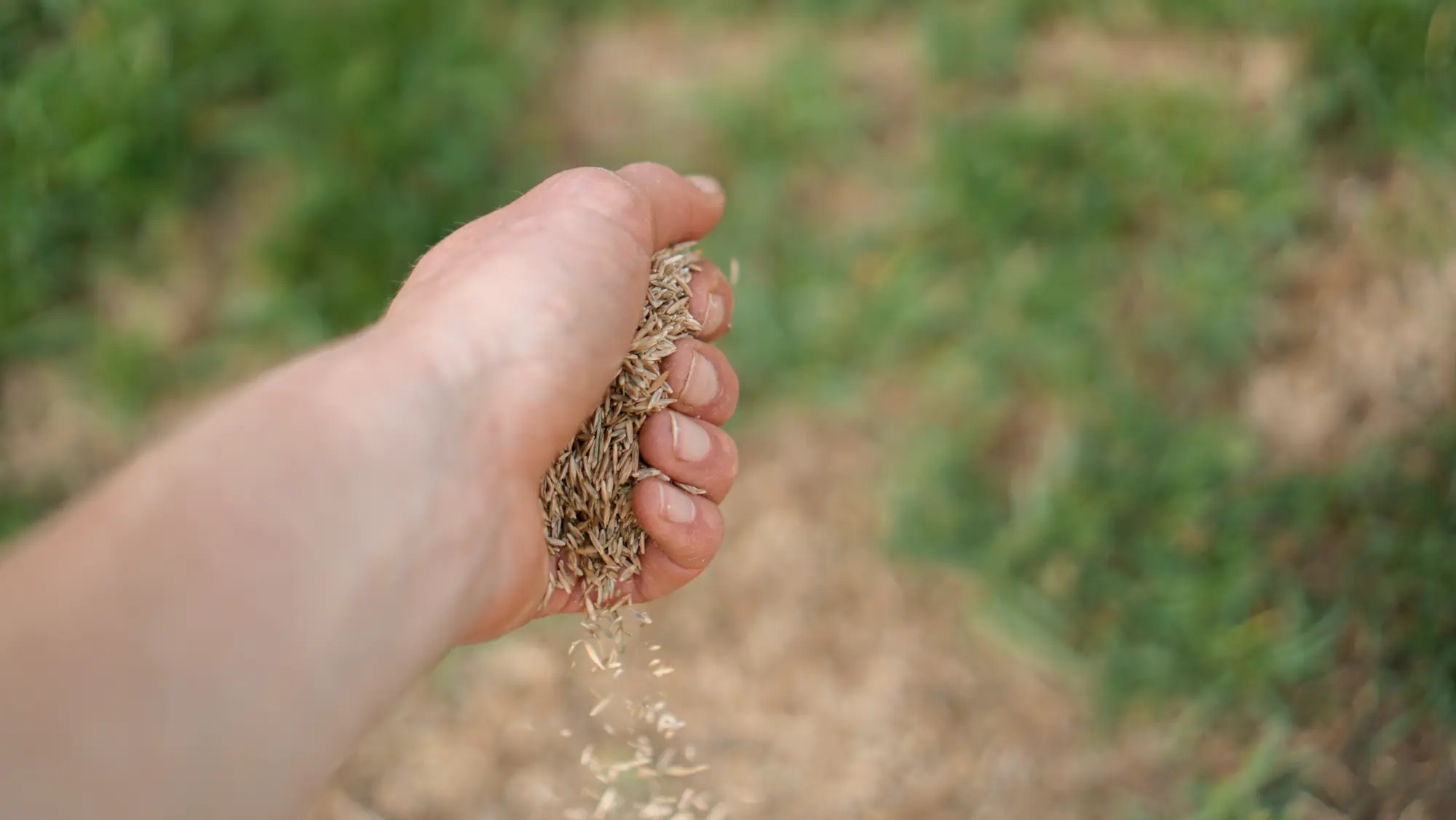
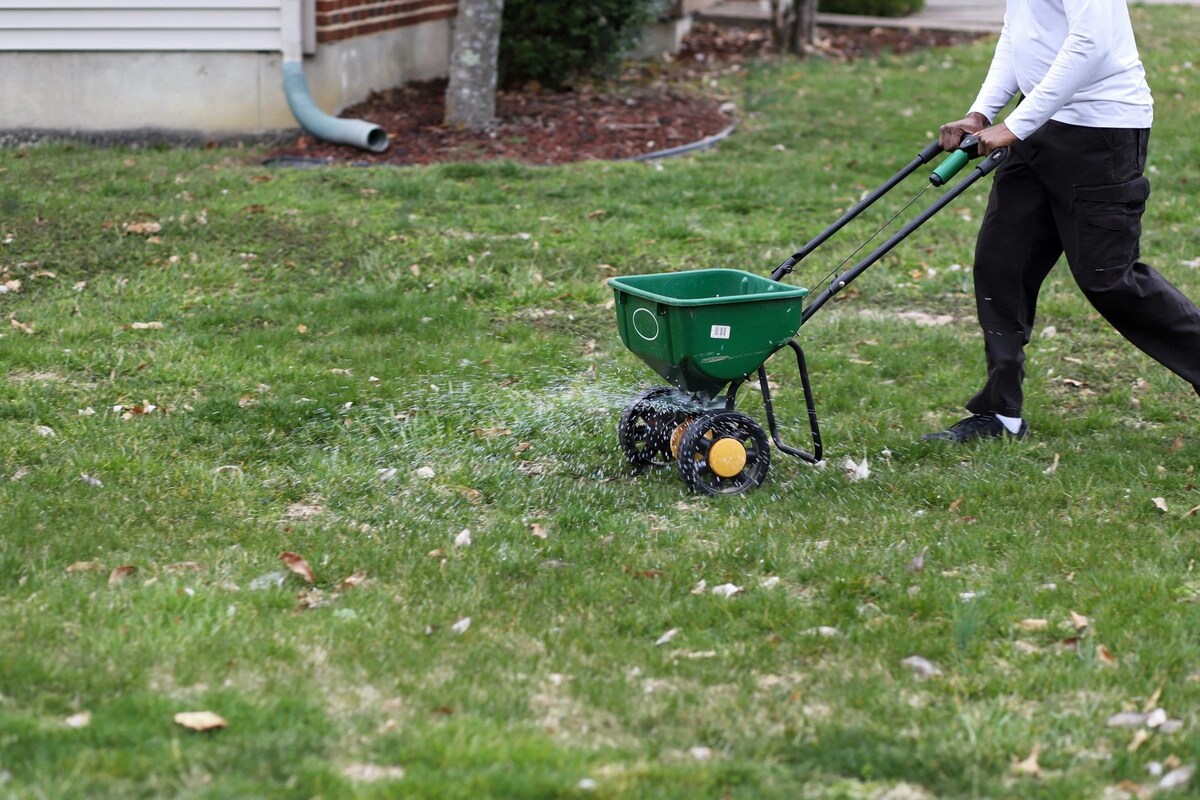
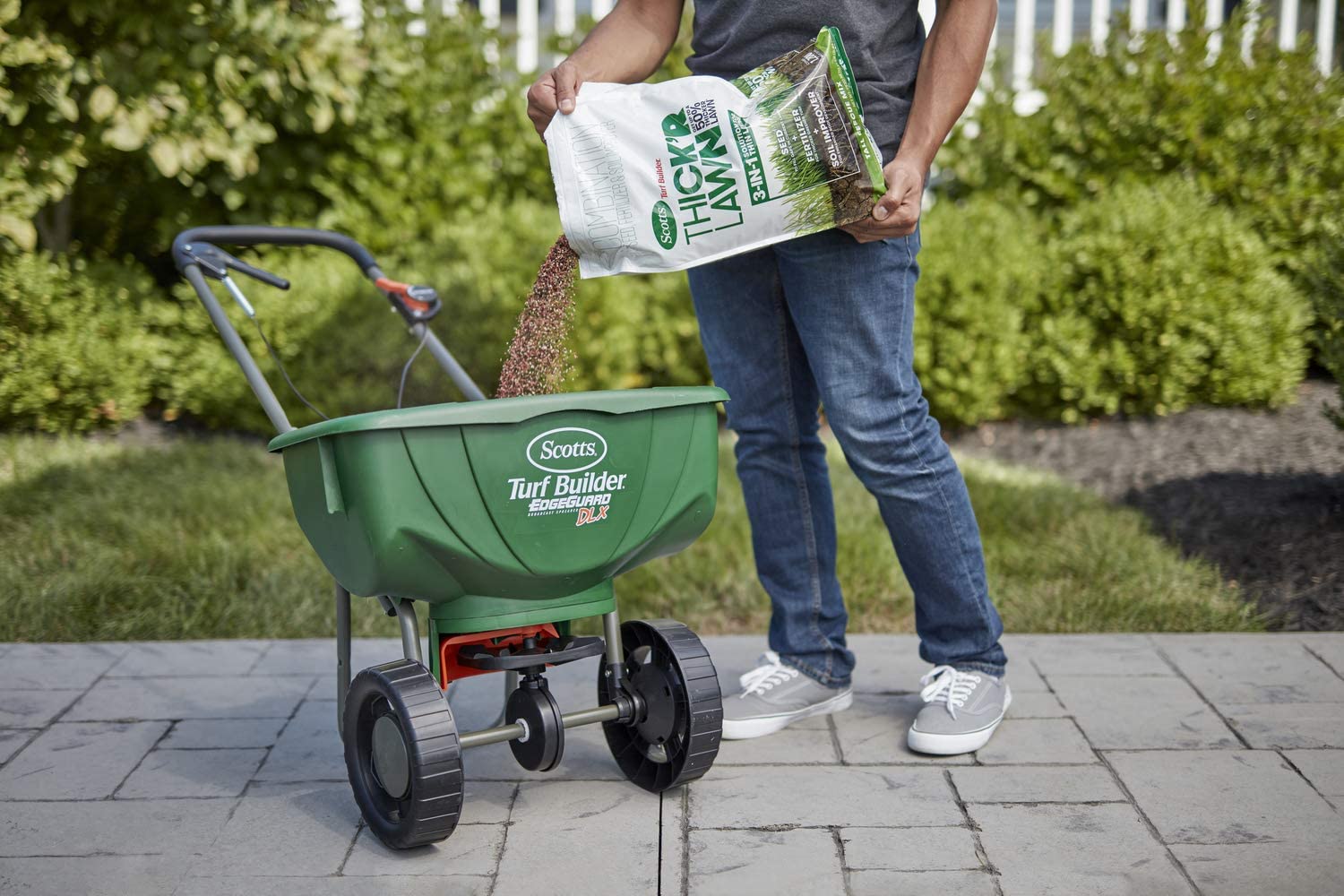
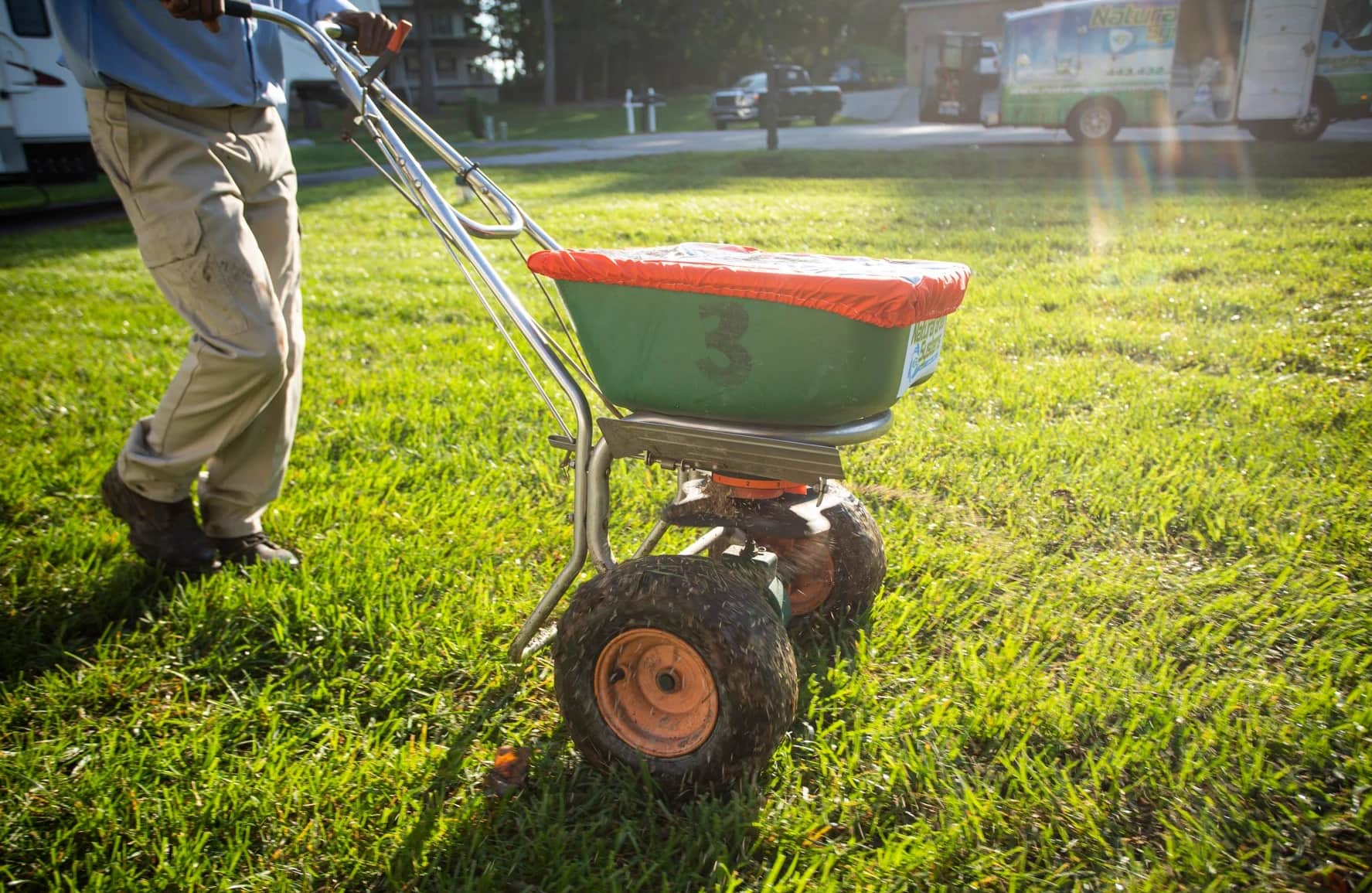
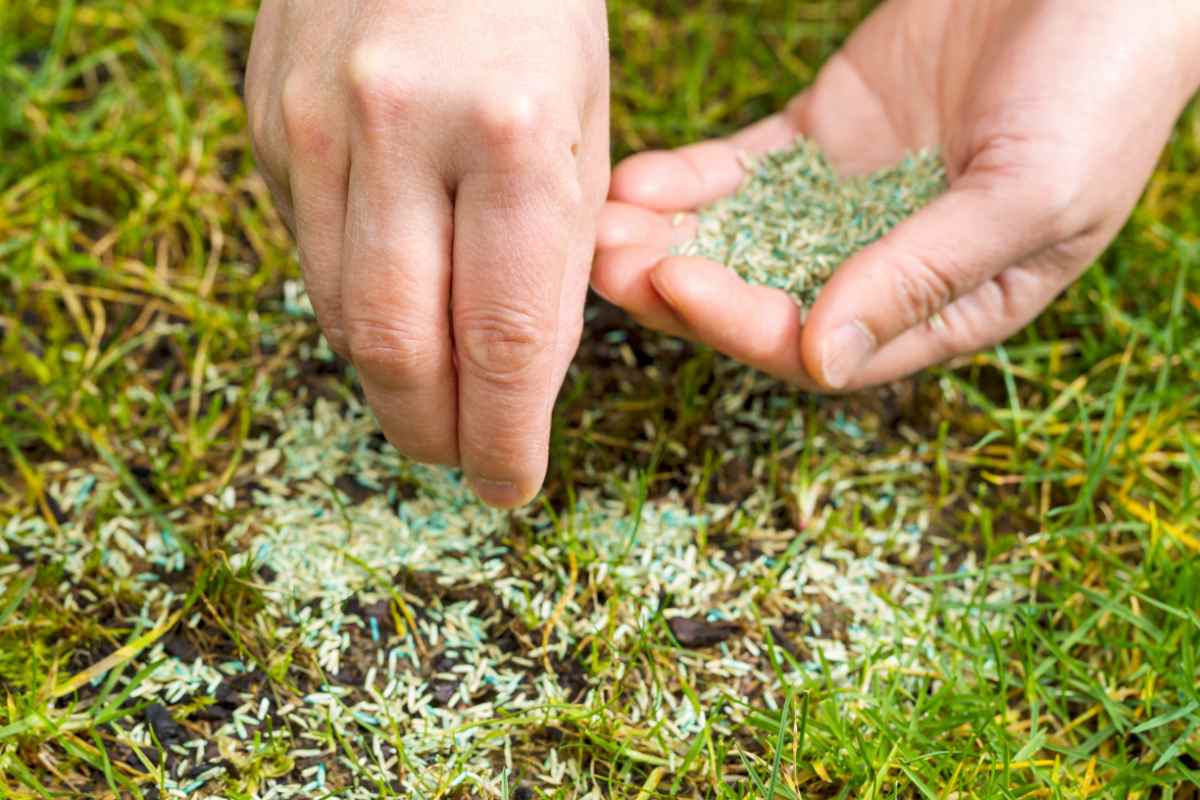
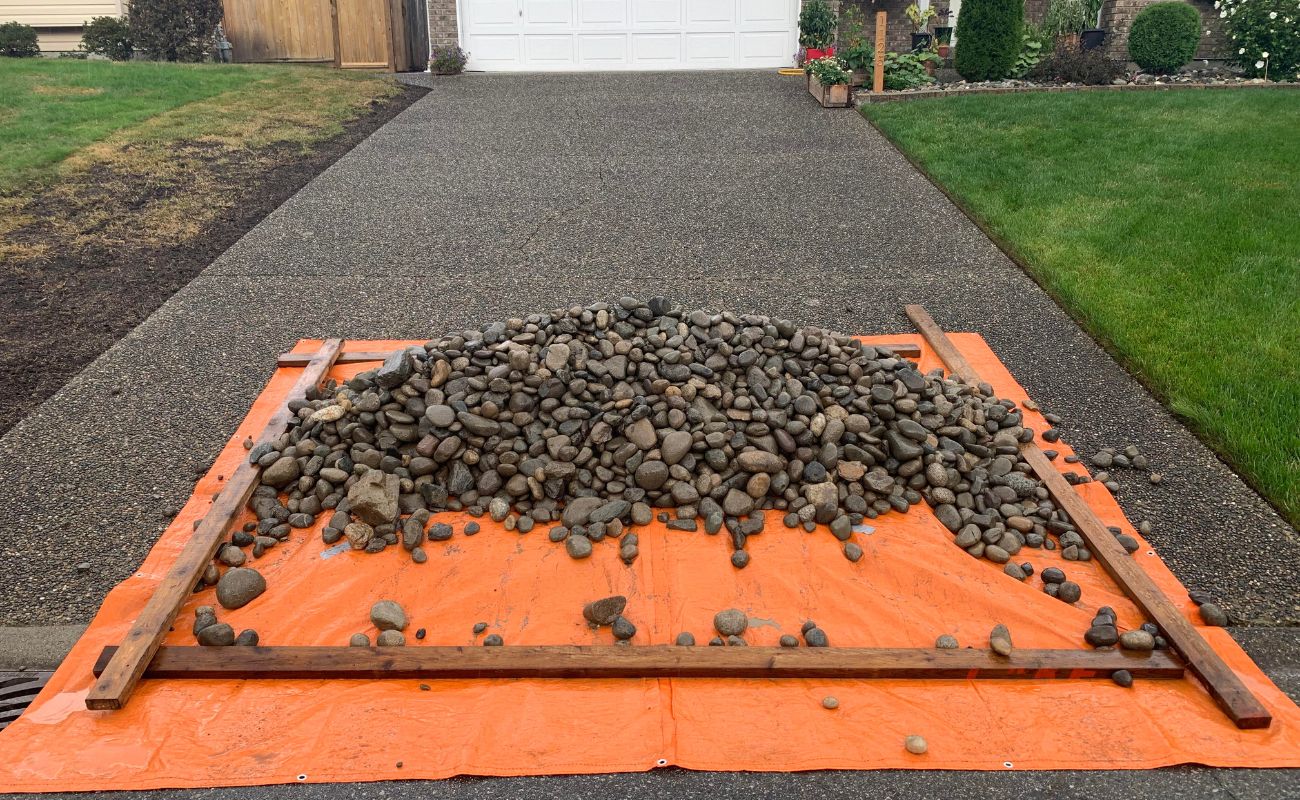

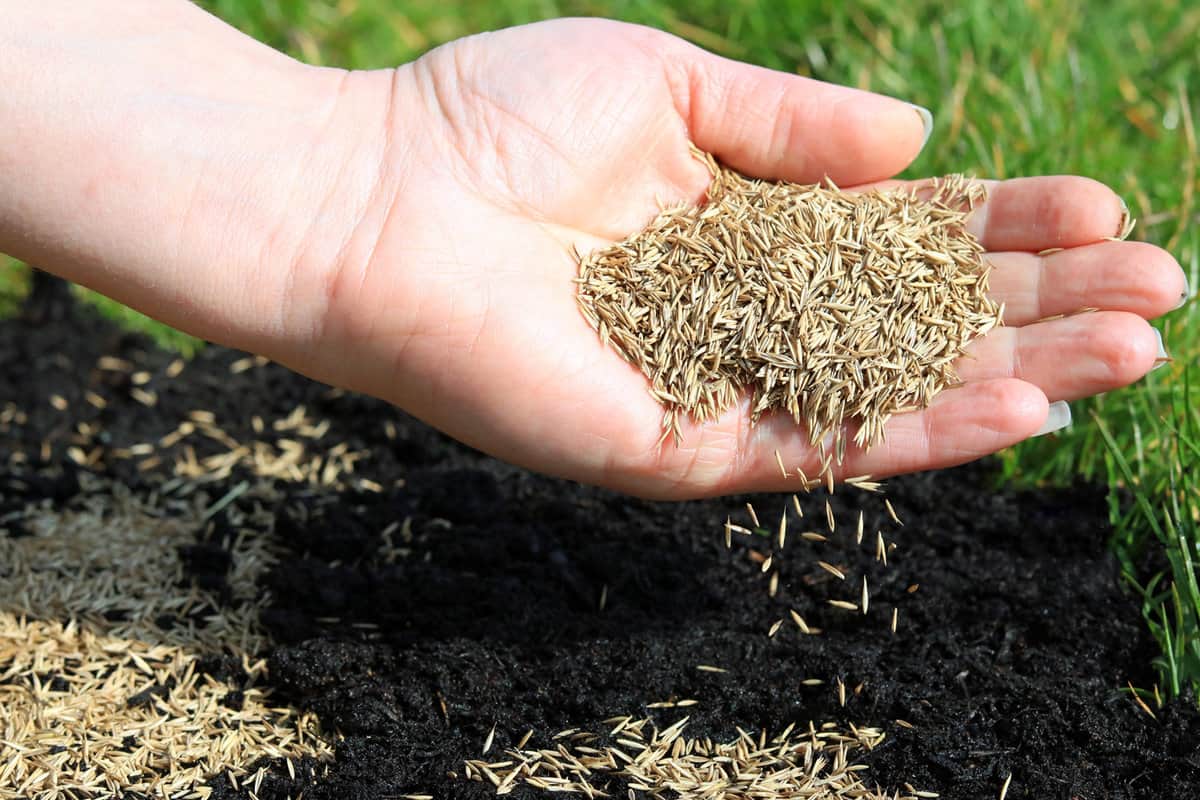
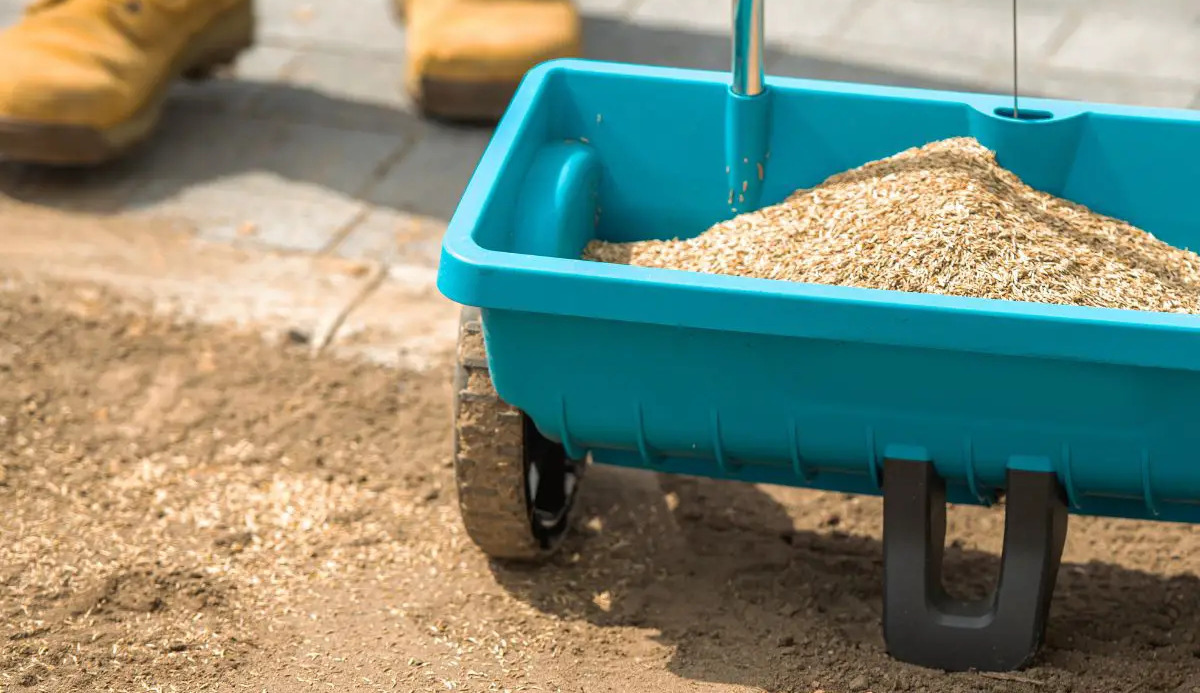

0 thoughts on “What Is The Best Time To Put Grass Seed Down”